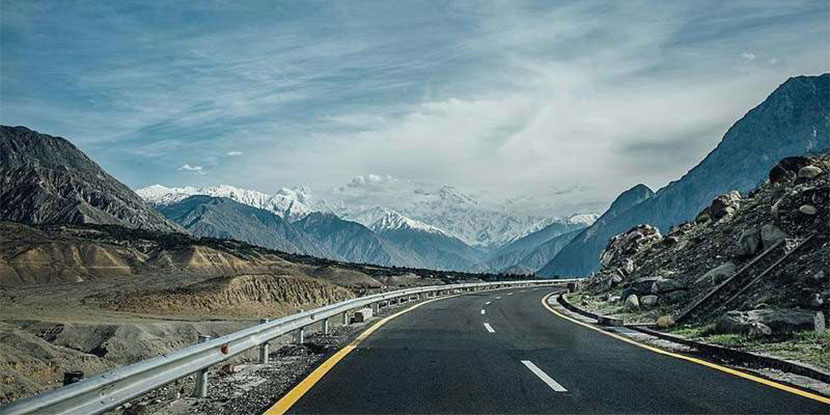The development of Pakistan has seen some failures and some successes, with some rapid industrial growth and often sluggish economic overview.
Start and 1960s
It is a common understanding that from independence till the end of the 60s, Pakistan seen an increasingly progressive phase when the goal was to fulfill the shortage of resources to meet the nation’s needs for a newborn country. Then, Pakistan established its first automobile and cement industries. All the mega dams were constructed like Tarbela Dam and Mangla Dam to meet the electricity needs, along with canals, and power stations. Pakistan’s first space program was launched.
Equipped with natural resources and fertile arable land of Indus basin and extensive water irrigation system and right types of climates, the focus was, rightly, shifted towards making Pakistan an agricultural giant and boost development. Land reforms were carried out along with the consolidation of holdings by putting of ceilings on the agricultural holding of large landlords.
As part of the green revolution, strict measures against hoarding were combined with work programs and rural credit programs along with improved seeds, higher procurement prices, and augmented allocations for agriculture.
Moreover, Pakistan Steel Mills and Quaid-e-Azam University were established and capital was shifted from Karachi to Islamabad. GDP was the highest in Asia and new industries were booming in the country.
1970s-1999
The uncertainly of our economy has been a long-term problem and since the 70s the country’s progress has been bumpy due to political and macroeconomic turmoils. A short growth phase came and then it flattened and sometimes it was followed by the declining phase. Consequently, the country has not seen a very sustainable development since then.
The direction set for the development of the country with an aim to make it the most developed Islamic welfare state lost its track since the 70s. Due to civil-military tensions, the uncertainty between governing models of capitalism and socialism, nationalization of big industries, the military coup of Zia to depose Bhutto, demoralized nation after the lost battle of 71 and Pakistan involvement in Soviet-Afghan War at the behest of USA defined the state of Pakistan till the end of 20th century.
During that time, Pakistan had a stagnant economy and little progress, not to mention the dismemberment of Pakistan. The industrial setup in Pakistan aways remained vulnerable to risks. Many established industrial units were nationalized and the step proved to be a death blow to the development of Pakistan.
2000s and Present
The 90s ended with Pakistan becoming the first nuclear power and after that, the country again saw a phase of economic liberalization, growth, and slow development. To ensure the security of the country, military cooperations were made with China, Russia, and the USA. New policies paid off and the poverty dropped from 34.5% to 17.2%. Forex reserves saw a record increase, PTCL was privatized and after the Musharraf era, steps were taken to strengthen the democratic system with new constitutional amendments.
The current decade is increasingly stabilizing the country and leading to the development of Pakistan with big developmental projects like 3000 km long CPEC, roll out of countrywide 4G, and big infrastructure projects like largescale mass transit systems in all the provinces. With the new constitutional amendment, FATA has been merged with KPK to mainstream the long deprived tribal area.
Image source link

















